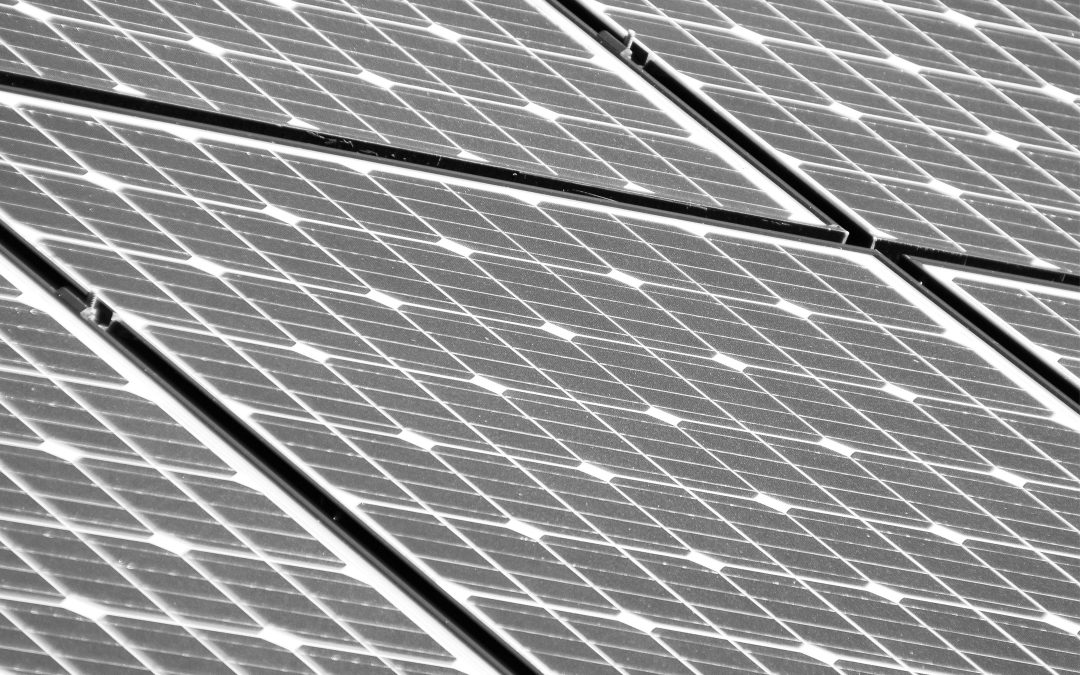The environmental crisis is spurring people worldwide to alter their everyday lives to combat climate change. To fight dwindling natural resources and prevent the environment from suffering further devastation, scientists and engineers have developed ways to create “clean” energy using resources that cannot deplete, like wind and sun.
Solar panels are one of these “clean” energy solutions that allow everyday citizens to decrease their carbon footprint mindlessly. They are often economically efficient as well, appealing not only to the environmentalist but also to the money savers. But, where are these solar panels coming from? Is the affordable price too good to be true?
The truth is, yes, it is too good to be true.
Abuse Suspected in Xinjiang, China
In 2018, the Chinese government, along with its dominant political party and the companies in Xinjiang, were accused of exploiting forced labourers. However, they denied these abuse allegations, arguing that the “job training” programs were genuine reform centres to combat terrorism.
In 2021, forced labour of the Uyghur people in China’s Xinjiang region was seriously and globally recognised by multiple countries. But, as it turns out, the horror had actually begun four years earlier in 2017. The abuse of the Uyghur started as a political campaign, but we now know it was the beginning plan of genocide. The state targeted and detained Uyghurs in internment camps, forcing them into labour in off-site factories. One of many industries where these targeted individuals were forced to work was polysilicon, which is used in the production of silicon-based solar panels.
The result of this no-cost labour? Low-cost production and high means of output. By 2020, 82 per cent of the world’s polysilicon production came from China.
Head of solar analysis at Bloomberg New Energy Finance, Jenny Chase, says, “[A]t least 95 per cent of the market [is] likely to have some Xinjiang silicon in it.”
In making polysilicon, forced Uyghur labourers are doing physically demanding tasks in the high temperatures required to manufacture the product, carrying the solar industry on their back while they do.
The issue is far from being resolved
Now that the cruelty of state action against the Uyghur people has been acknowledged globally by multiple governments, solar is slowly moving out of Xinjiang, where it flourished because of the abundance of coal used to power high-heat related processes.
It is estimated that, by 2023, 72 per cent of expansions in polysilicon will be outside of the Xinjiang region. However, 89 per cent of the production will remain in China, which means a sharp eye will remain on China’s solar industry, opening doors for other countries’ solar contributions.
In 2019, China only generated 2 per cent of the world’s polysilicon. Countries such as Malaysia, South Korea, Thailand and Vietnam are taking up 87 per cent of production. But, here lies another problem– Malaysia has recently been caught using forced labour in industry, such as during palm oil production. Have they forced labourers into the solar market? Though the country is taking steps to end forced labour, the practice still exists. Sadly, forced labour in solar panels related jobs is also suspected here.
What other polysilicon producers are taking shortcuts that exclude morality to exceed economic efficiency?
Senator Patrick of the 46th Australian Parliament proposed an amendment to the Customs Act of 1901 entitled, “Customs Amendment (Banning Goods Produced By Uyghur Forced Labour) Bill 2020.” The Customs Act sets guidelines to check imports and exports. The amendment proposed to ban goods from Xinjiang into Australia, in addition to other goods made using forced labour. The bill was struck down on the 24th of June 2021.
Science is continually innovating. There will be new ways solar panels can be made without polysilicon, but developments take time. So what do we do for now?
How do you know whether or not other regions in China or other solar panel production factories are forcing people into labour and are undetected? Where can you buy solar panels and ensure they are made without forced labour?
How you can help: Check if your solar company has taken SEIA’s pledge
Suppose you are thinking about buying solar panels or already have them. In that case, you can check if the company you buy from follows the Solar Supply Chain Traceability Protocol by the Solar Energy Industries Association (SEIA). The SEIA was founded in 1974 as the national American trade association for the solar and solar + storage industries.
On 4 February 2021, 175 solar companies, including some of the top solar manufacturers in the world, signed the SEIA pledge against forced labour in their industry. The pledge is part of the SEIA’s Supply Chain and Ethics policies, including a Solar Supply Chain Traceability Protocol.
The protocol enables the association to trace the supply chain in each of these companies’ solar production processes. In doing so, they will be able to tell whether or not there are products used by these companies that are connected to the forced labour in Xinjiang or any other region promoting the same unethical practices.
The companies who have signed the pledge promise to abide by the SEIA’s standards for the solar industry. It is global recognition of forced labour and tangible proof of its seriousness. Though not enforced by law, it is a helpful check to combat the violation of human rights and a step in the right direction for combatting and preventing modern slavery.
To read more on ethically sourcing your solar panels, read here.

